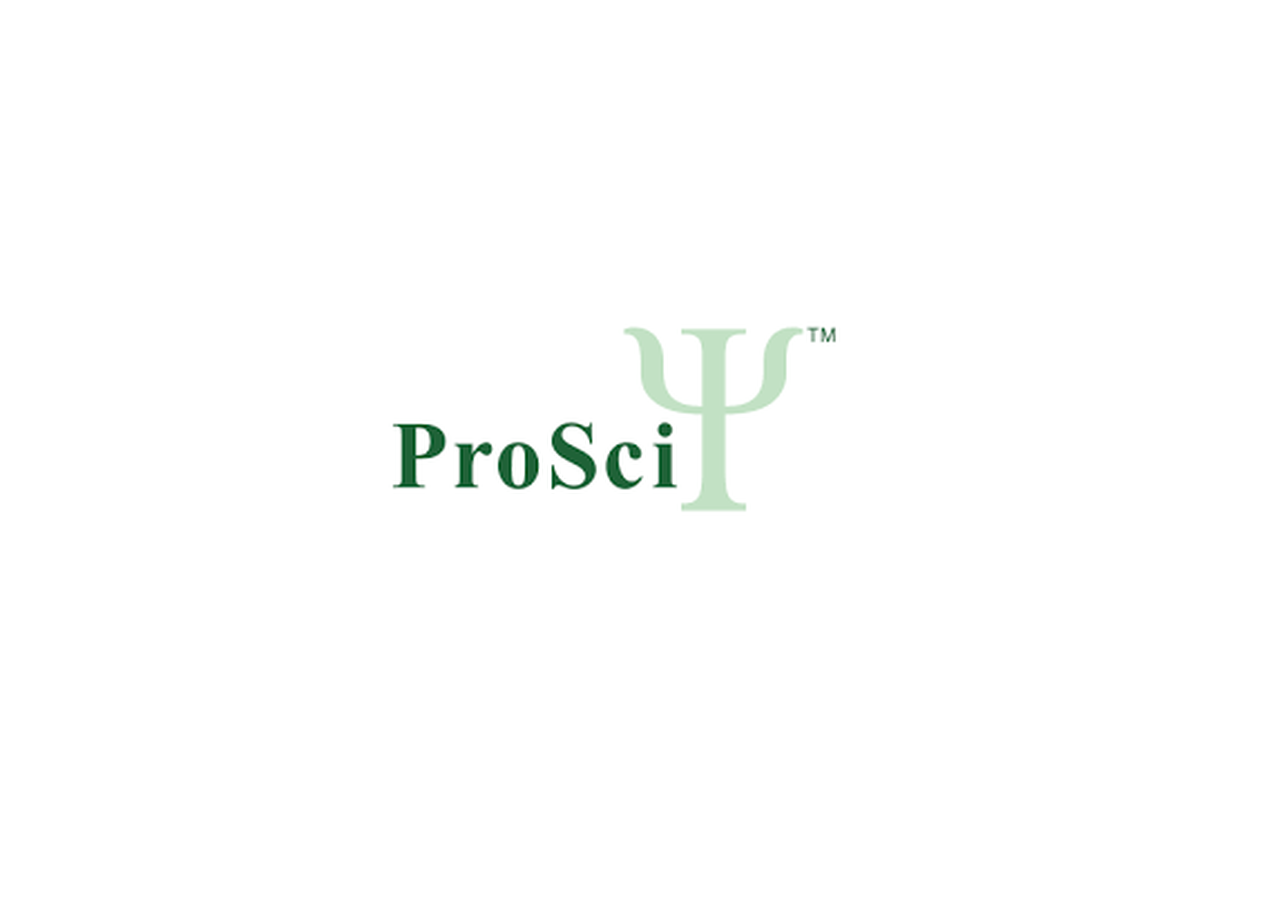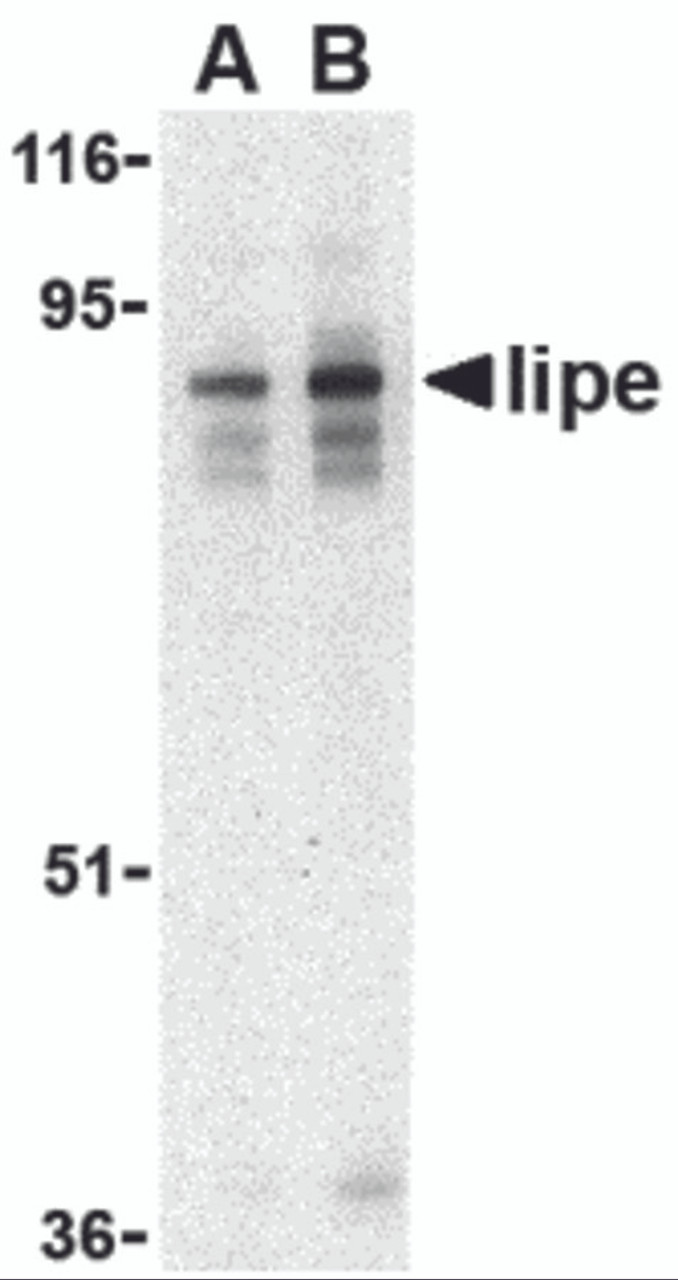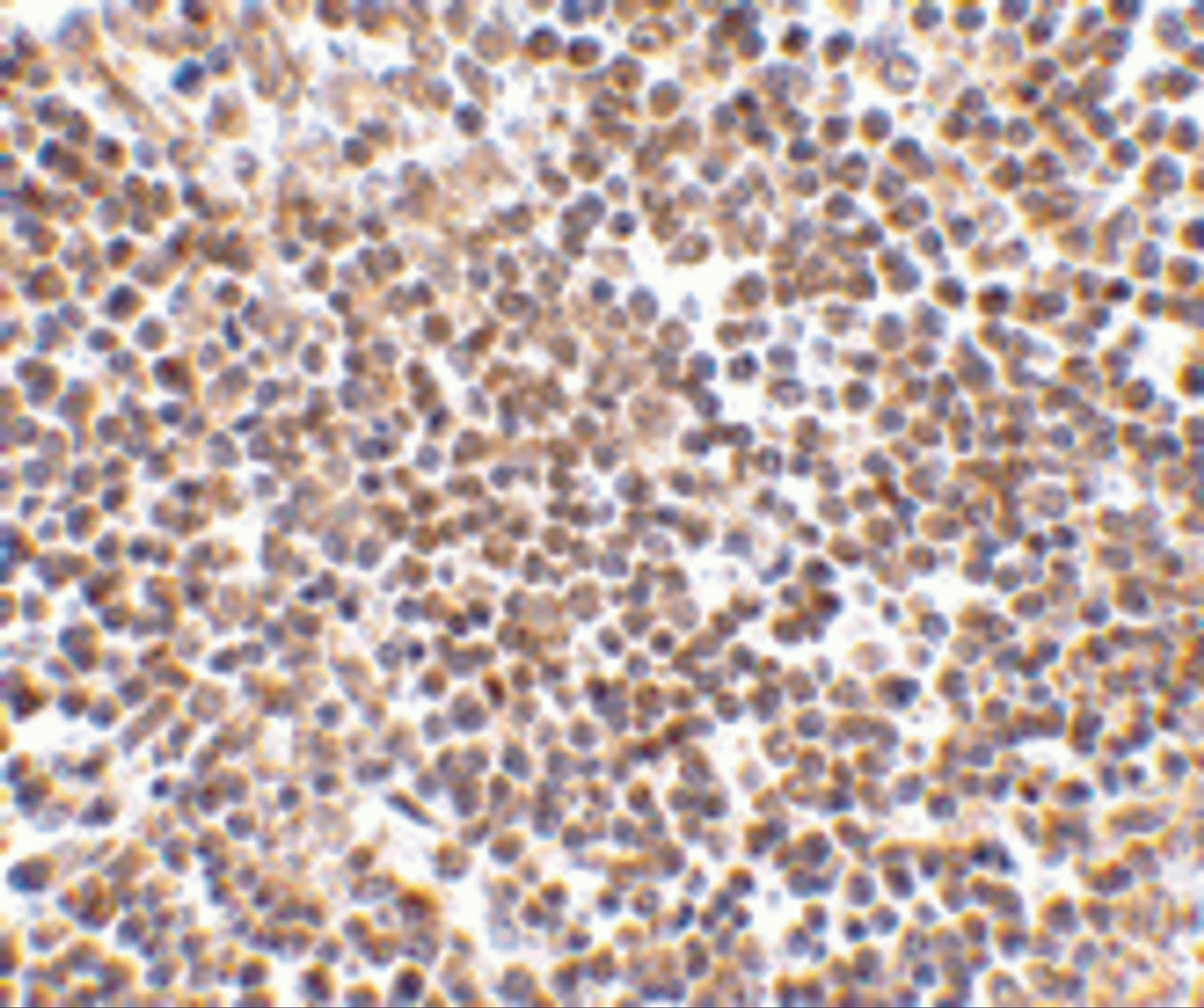Product Description
Lipe Antibody | 3965 | ProSci
Host: Rabbit
Reactivity: Human, Mouse, Rat
Homology: Predicted species reactivity based on immunogen sequence: Pig: (100%) , Bovine: (93%)
Immunogen: Lipe antibody was raised against a 14 amino acid synthetic peptide from near the carboxy terminus of human Lipe.
The immunogen is located within amino acids 920 - 970 of Lipe.
Research Area: Obesity
Tested Application: E, WB, IHC-P, IF
Application: Lipe antibody can be used for detection of Lipe by Western blot at 0.5 - 1 μg/mL. Antibody can also be used for immunohistochemistry starting at 2.5 μg/mL. For immunofluorescence start at 20 μg/mL.
Antibody validated: Western Blot in human samples; Immunohistochemistry in human samples and Immunofluorescence in human samples. All other applications and species not yet tested.
Specificiy: Multiple isoforms of Lipe are known to exist.
Positive Control 1: Cat. No. 1369 - Human Lymph node Tissue Lysate
Positive Control 2: Cat. No. 11-521 - Human Lymphoid Tissue Tissue Slide
Positive Control 3: N/A
Positive Control 4: N/A
Positive Control 5: N/A
Positive Control 6: N/A
Molecular Weight: Predicted: 85, 90, 110, 118 kDa
Observed: 90 kDa
Validation: N/A
Isoform: N/A
Purification: Lipe Antibody is affinity chromatography purified via peptide column.
Clonality: Polyclonal
Clone: N/A
Isotype: IgG
Conjugate: Unconjugated
Physical State: Liquid
Buffer: Lipe Antibody is supplied in PBS containing 0.02% sodium azide.
Concentration: 1 mg/mL
Storage Condition: Lipe antibody can be stored at 4˚C for three months and -20˚C, stable for up to one year. As with all antibodies care should be taken to avoid repeated freeze thaw cycles. Antibodies should not be exposed to prolonged high temperatures.
Alternate Name: Lipe Antibody: HSL, LHS, Hormone-sensitive lipase, HSL
User Note: Optimal dilutions for each application to be determined by the researcher.
BACKGROUND: Lipe Antibody: Although initially described as an adipocyte-specific triacylglycerol lipase, Lipe (also known as hormone-specific lipase or HSL) is expressed in multiple tissues and cell lines. It plays multiple roles in lipid metabolism, including hormone-stimulated lipolysis in adipose tissue and the hydrolysis of cholesterol esters. Lipe is expressed as a long and a short form, generated by use of alternative translational start codons. The long form is expressed in steroidogenic tissues such as testis, where it converts cholesterol esters to free cholesterol for steroid hormone production. The short form is expressed in adipose tissue, among others, where it hydrolyzes stored triglycerides to free fatty acids. Recently, it was observed that the lack of Lipe in genetically obese leptin-null mice inhibited obesity and adipogenesis, suggesting that Lipe plays a major role in adipocyte proliferation.
 Euro
Euro
 USD
USD
 British Pound
British Pound
 NULL
NULL












